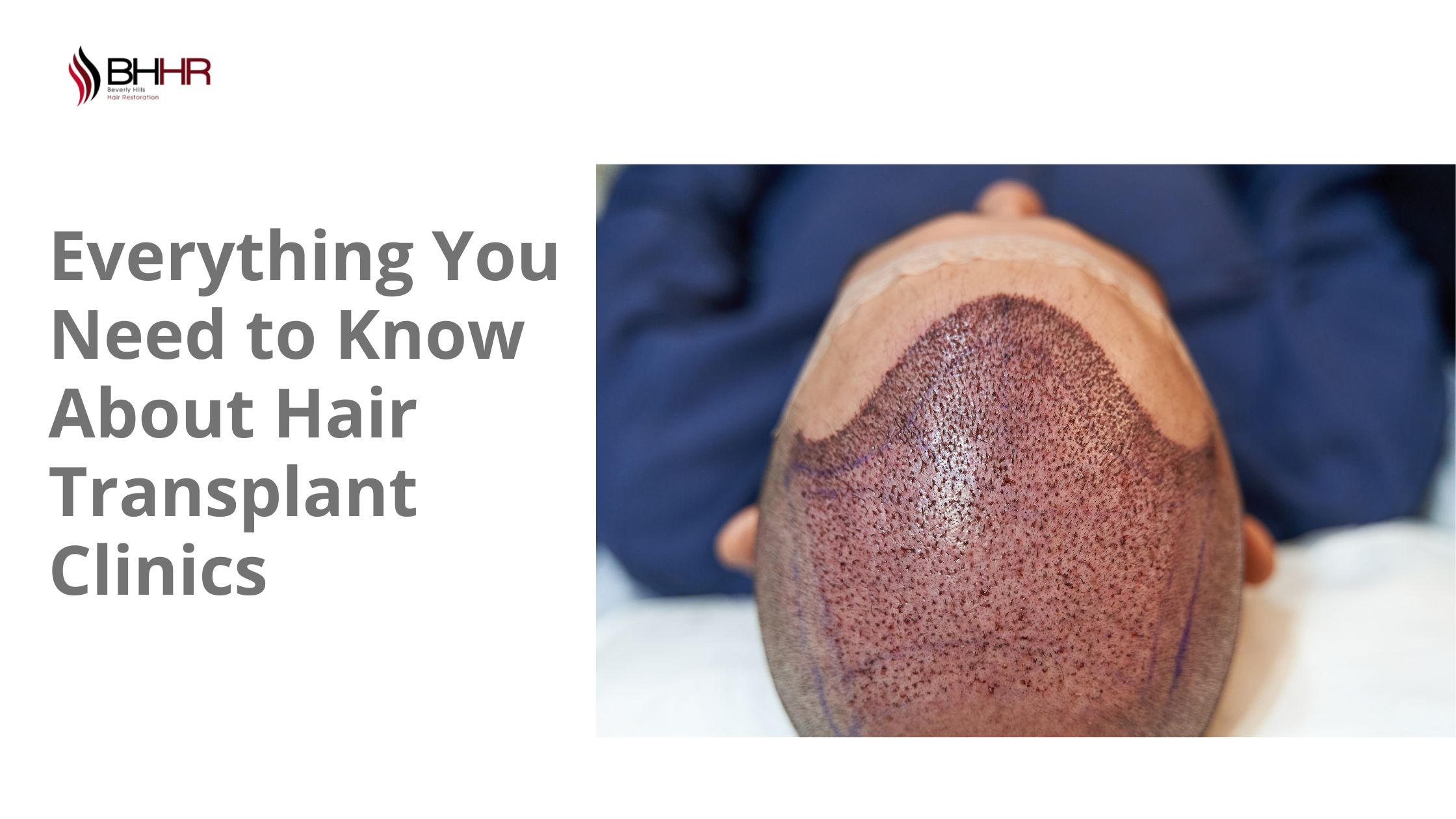Hair loss can see impact confidence and self-esteem at any age. Thankfully, medical advances have made hair restoration more effective, safe, and natural-looking than ever. If you’re considering treatment, visiting a hair transplant clinic is the first step toward reclaiming your hairline and self-confidence.
But what actually happens at a hair transplant clinic? What procedures are offered? How do you know if you’re a good candidate? In this guide, we’ll walk you through the entire experience—from the initial consultation to recovery—so you know exactly what to expect.
Understanding Hair Transplant Treatment
A hair transplant is a treatment procedure where hair follicles are taken from one area of the scalp (usually the back or sides) and transplanted to thinning or bald areas. It’s considered a permanent solution to hair loss, especially when performed by skilled professionals in a reputable clinic.
There are two types of hair transplant techniques:
1. FUT (Follicular Unit Transplantation):
- Involving removing a strip of scalp from the donor area.
- Hair follicles are separated and then implanted into the recipient site.
- Leaves a linear scar but allows for transplanting many grafts at once.
2. FUE (Follicular Unit Extraction):
- Individual follicles are extract directly from the donor area.
- Less invasive and leaves minimal scarring.
- Preferred for patients who want a quicker recovery.
Step 1: Initial Consultation
Your journey at a hair transplant clinic begins with a consultation. This is a crucial part of the process, where the doctor evaluates your hair loss and determines if you’re a good candidate for the procedure.
What Happens During the Consultation:
- Medical history review
- Scalp examination
- Discussion of expectations and goals
- Explanation of transplant options (FUE vs. FUT)
- Estimate of grafts needed
- Cost estimate and financing options
You’ll also have the opportunity to ask questions and view before-and-after photos of previous patients.
Step 2: Preparing for the Procedure
Once your transplant is scheduled, the clinic provide pre-operative instructions to ensure the get best possible outcome. These may include:
- Avoiding blood thinners or anti-inflammatory drugs
- No alcohol or smoking for at least a week prior
- Washing hair with a mild shampoo before surgery
- Eating a healthy meal the day of the procedure
Some clinics may also ask you to stop using hair growth treatments like minoxidil or finasteride a few days before the procedure.
Step 3: The Day of the Procedure
On the day of your hair transplant, you’ll arrive at the hair transplant clinic early for final prep. Most procedures are performed under local anesthesia, and you’ll be awake but comfortable throughout.
What to Expect During Surgery:
- The donor and recipient areas are cleaned and numbed.
- Depend on the chosen method, either FUT or FUE will be performed.
- Follicles are carefully transplanted into the targeted areas.
- The procedure may last 4–8 hours, depending on the number of grafts.
You can usually watch TV, listen to music, or even nap during the procedure.
Step 4: Post-Operative Care and Recovery
Recovery is an important part of your hair restoration journey. After the transplant, the clinic will give you detailed aftercare instructions to follow at home.
Immediate Aftercare:
- Avoid touching or scratching the transplanted area.
- Use prescribed medication or shampoo as directed.
- Sleep on your head elevated for the first few nights.
- Avoid direct sun exposure and sweating for at least a week.
- Expect minor swelling or scabbing, which resolves quickly.
What You’ll Notice:
- Transplanted hair may shed after a few weeks—this is normal.
- New hair growth typically starts around 3–4 months.
- Full results are visible between 9–12 months post-procedure.
Most patients return to work within 2–5 days, especially after FUE.
Step 5: Follow-Up Appointments
Reputable clinics schedule follow-up visits to monitor your progress. You may visit the clinic:
- A few days after the procedure to check the healing process
- A few weeks later for hair growth evaluation
- At 6- and 12-month intervals to track long-term results
These visits are essential to ensure the procedure’s success and to address any concerns.
Benefits of Choosing a Professional Hair Transplant Clinic
Choose the right hair transplant clinic can make a world of difference in your results. Here’s what you can expect from a reputable and experienced clinic:
1. Expertise and Certification
Clinics with board-certified surgeons and a proven track record ensure safer procedures and better results.
2. State-of-the-Art Equipment
Modern clinics use advanced tools like high-resolution microscopes and precision grafting instruments, which improve the accuracy and quality of the transplant.
3. Customized Treatment Plans
A good clinic tailors the treatment to your unique hair type, scalp condition, and aesthetic goals.
4. Comprehensive Care
From pre-op to follow-up, top clinics provide complete care with clear communication and professional support.
Realistic Expectations and Long-Term Results
Hair transplantation offers natural and long-lasting results, but it’s important to have realistic expectations. Factors such as your age, degree and of hair loss, and hair type can affect the outcome.
You may not achieve the density of your teenage years, but a successful transplant should provide fuller coverage and a more youthful appearance.
In most cases, the new hair is permanent and will grow just like the rest of your natural hair. Maintaining your overall scalp health and following your clinic’s post-treatment care plan is key to success.
Who Is an Ideal Candidate for a Hair Transplant?
While hair transplants are effective for many people, not everyone is a good candidate. Ideal candidates typically:
- Have moderate to advanced hair thinning
- Possess healthy donor hair on the back or sides of the scalp
- Are in good overall health
- Have realistic expectations about results
- Are not experiencing rapid hair loss due to medical conditions
A proper evaluation at the clinic will help determine if the procedure is right for you.
Conclusion:
Visiting a hair transplant clinic is the beginning of a transformative journey. From initial consultation and personalized treatment planning to expert surgical care and long-term follow-up, a trusted clinic can help you restore your hair—and your confidence.
If you’re ready to take the next step, Beverly Hills Hair Restoration offers world-class care, advanced techniques, and natural results you can feel good about.



